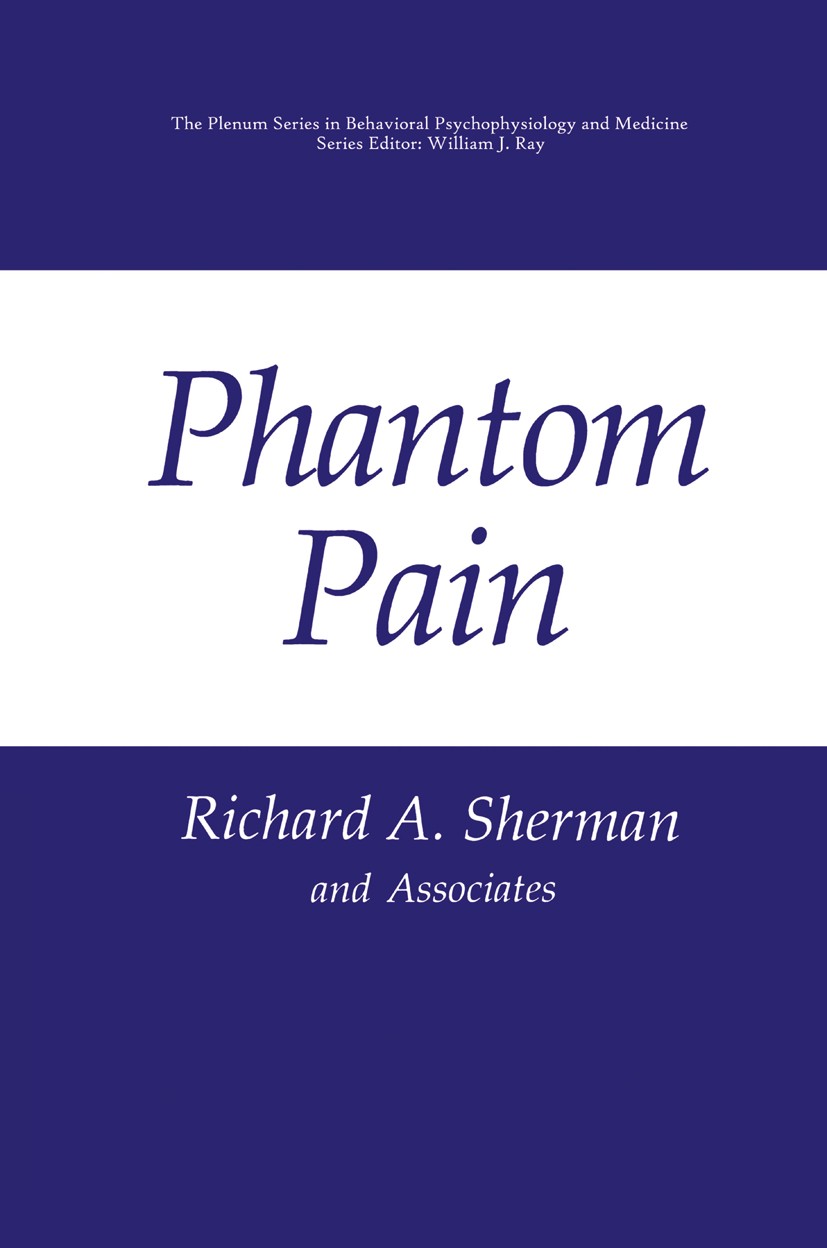| 書目名稱 | Phantom Pain |
| 編輯 | Richard A. Sherman |
| 視頻video | http://file.papertrans.cn/746/745517/745517.mp4 |
| 叢書名稱 | The Springer Series in Behavioral Psychophysiology and Medicine |
| 圖書封面 |  |
| 描述 | Phantom pain is an intriguing mystery that has captured the imagination of health care providers and the public alike. How is it possible to feel pain in a limb or some other body part that has been surgically removed? Phantom pain develops among people who have lost a limb or a breast or have had internal organs removed. It also occurs in people with totally transected spinal cords. Unfortunately, phantom pain is a medical night- mare. Many of the people reporting phantom pain make dispropor- tionately heavy use of the medical system because their severe pains are usually not treated successfully. The effect on quality of life can be devas- tating. Phantom pain has been reported at least since 1545 (Weir Mitchell as related by Nathanson, 1988) and/ or experienced by such diverse people as Admiral Lord Nelson and Ambroise Pare (Melzack & Wall, 1982; Davis, 1993). The folklore surrounding phantom pain is fascinating and mirrors the concepts about how our bodies work that are in vogue at any particu- lar time. Most of the stories relate to phantom limbs and date from the mid-1800s. The typical story goes like this: A man who had his leg ampu- tated complained about terrible crawling, |
| 出版日期 | Book 1997 |
| 關鍵詞 | Nervous System; central nervous system; neuroscience; pain; rehabilitation; treatment |
| 版次 | 1 |
| doi | https://doi.org/10.1007/978-1-4757-6169-6 |
| isbn_softcover | 978-1-4419-3256-3 |
| isbn_ebook | 978-1-4757-6169-6 |
| copyright | Springer Science+Business Media New York 1997 |
 |Archiver|手機版|小黑屋|
派博傳思國際
( 京公網(wǎng)安備110108008328)
GMT+8, 2025-10-16 17:19
|Archiver|手機版|小黑屋|
派博傳思國際
( 京公網(wǎng)安備110108008328)
GMT+8, 2025-10-16 17:19


